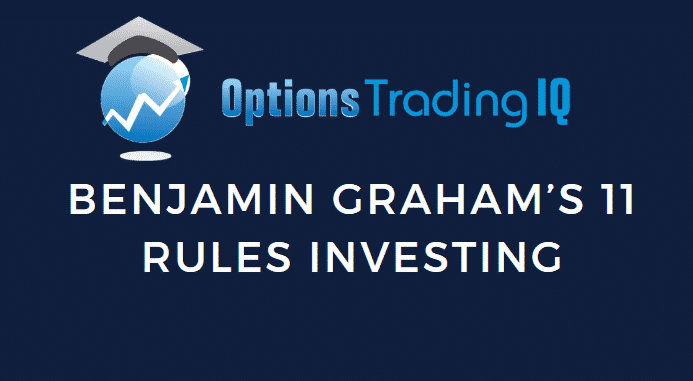

Benjamin Graham is known as the “Father of value investing” given his uncanny ability to analyse company financial data with surgical precision.
His principles of value investing continue to influence investors to this day.
If there’s any doubt as to the value of his teachings, consider the fact that Graham was Warren Buffett’s mentor. Need I say more?
Even though Buffett developed his own principles and approach, he once famously said that no one ever lost money following Graham’s methods.
Here are some of his key rules for investing:
1. Appraised Value is determined by (a) estimating the Earnings Power (b) applying the appropriate multiplier (c) adjusting, if necessary, for asset value.
2. Earning Power should ordinarily represent an estimate of average earnings for the next five years.
3. Earning Power should ordinarily be derived from actual earning over some period in the past. Where the trend has been neutral, the period should be five to seven years. Where definite trend is shown, actual earnings for last year of reasonably normal general business may be taken, if it seem desirable.
4. In deriving Earning Power, the past earnings may be adjusted for known or highly probable developments — e.g.. changes in capitalization, properties, tax rates. Changes of a qualitative nature — e.g. in competitive conditions, products, management — should be reflected in the multiplier.
5. The multiplier should reflect prospective changes in earnings. A multiplier of 12 is suitable for stocks with neutral prospects. Increases or decreases from this figure must depend on the judgement and preference of the appraiser. However, in all but the most exceptional cases the maximum multiple should be 20 and minimum should be 4.
6. If tangible asset value is less than earning power value (earning power X multiplier). the latter should be reduced by 20% of the deficiency to give the final Appraised Value. (Do not increase for excess tangible value except as under 7).
7. If Net Current Asset Value exceeds earning power value, the latter should be increased by 50% of the excess to give the final Appraised Value.
8. Where extraordinary conditions prevail — e.g.. war profits or war restrictions, temporary royalty or rental situation — the amount of the probable gain or loss per share due to such conditions should be estimated, and added to or subtracted from appraised value as determined without considering the abnormal conditions.
9. Where the capitalisation structure is highly speculative — i.e.. the total of senior securities is disproportionately larger — than the value of the entire enterprise should first be determined as if it had common stock only. This value should be apportioned between the senior securities and the common stock on a basis which recognises the going-concern value of the senior claims. (Note difference between this treatment and a valuation based on dissolution rights of the senior securities). If an adjustment is needed for extraordinary conditions, referred to in (8) this should be made in the total enterprise value, not on a per-share-of-common basis.
10. The more speculative the position of the common stock — for whatever reason — the less practical dependance can be accorded to the Appraised Value found.
11. When a stock’s appraisal is a third higher or lower than its current market value, that can be the basis for a decision to buy or sell. When the differential is less, the appraisal is merely another fact to consider in the analysis.
Trade Safe!
Disclaimer: The information above is for educational purposes only and should not be treated as investment advice. The strategy presented would not be suitable for investors who are not familiar with exchange traded options. Any readers interested in this strategy should do their own research and seek advice from a licensed financial adviser.










